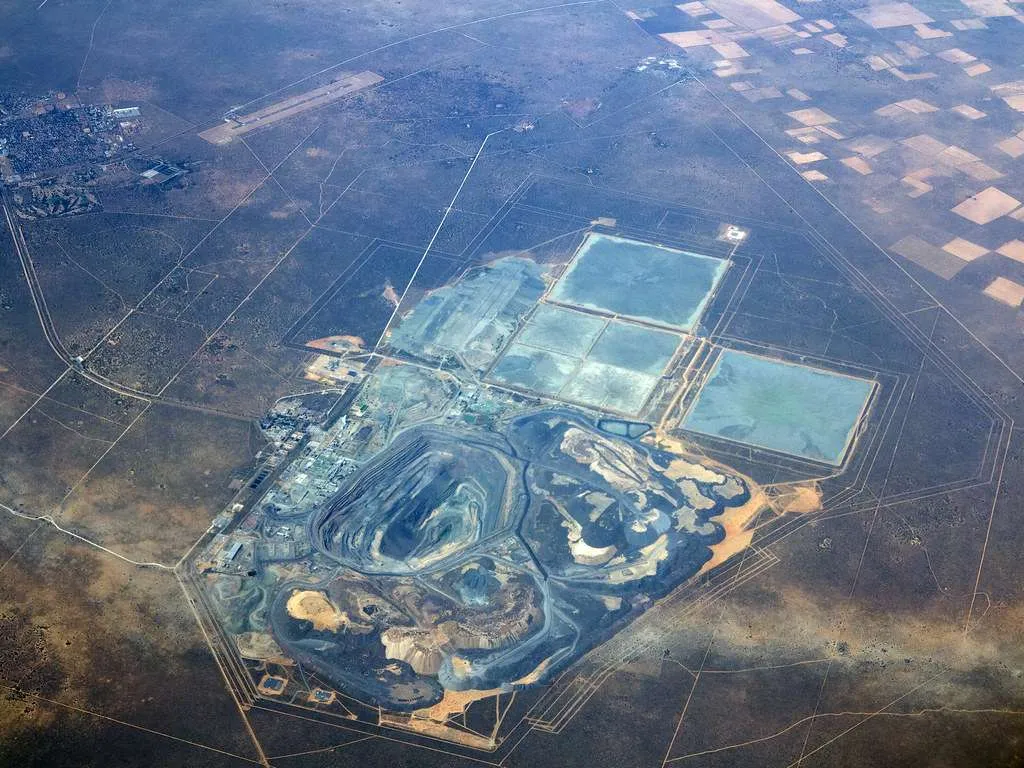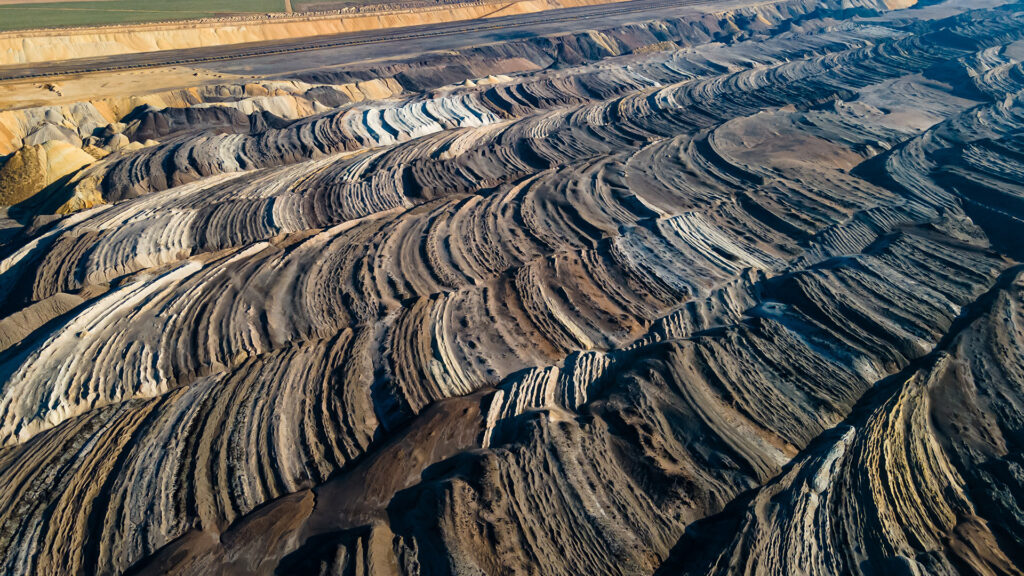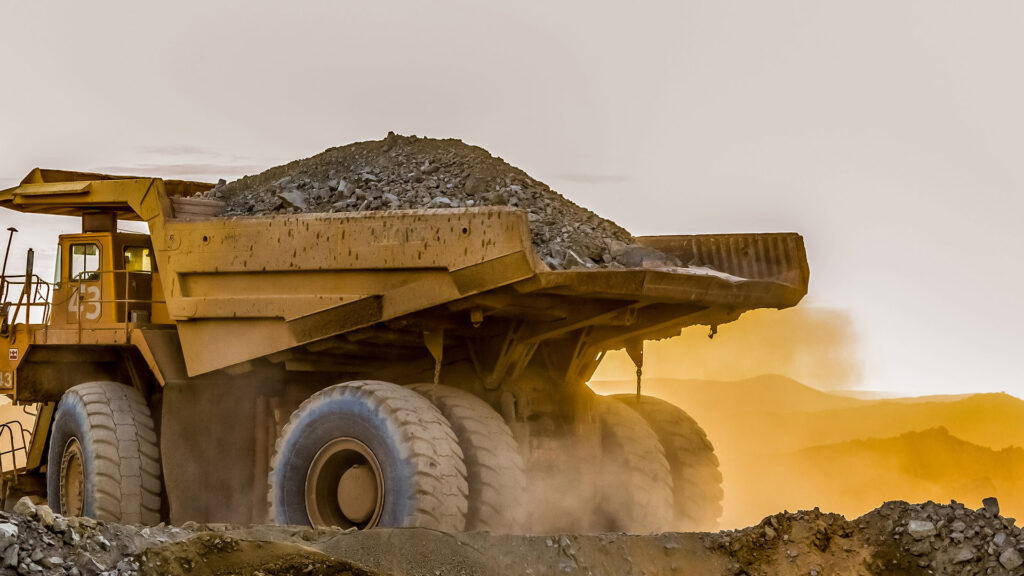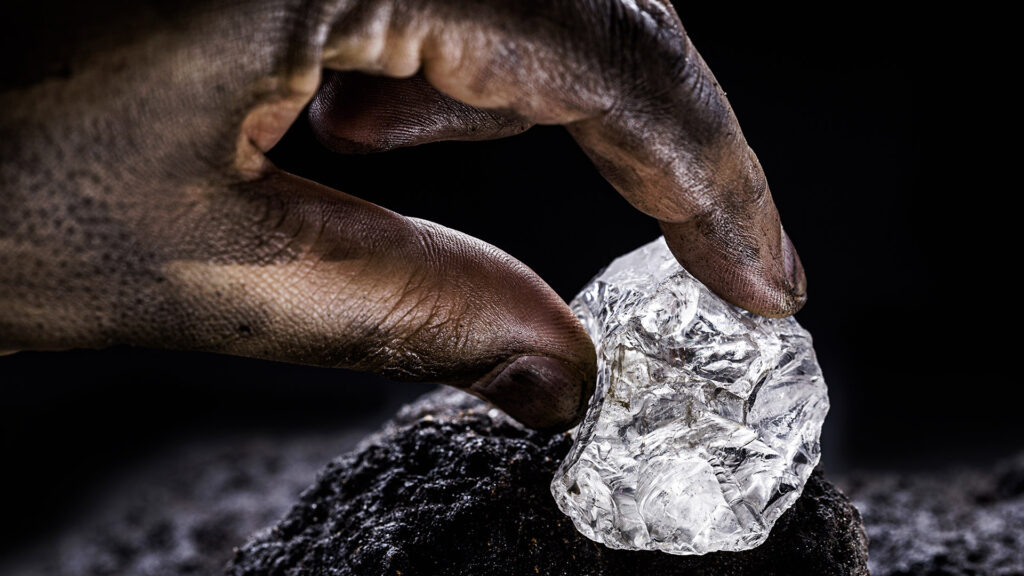The diamond industry is one of the most lucrative industries in the world, with its value estimated at around $79 billion in 2019. Diamonds have been a symbol of wealth and power throughout human history, adorning the crowns of kings and queens for centuries. But it is only recently that the immense industrial applications of diamonds have been discovered.
As the toughest material known to man, diamonds are used to cut or drill through other hard materials, making them valuable in both industrial and research fields. The demand for these beautiful gems has meant that diamond mines have sprung up all across the globe – from Russia to South Africa and beyond.
Each mine contains precious stones with unique colour and sizes, mined by skilled miners who must dig deep underground in search of them. While some may be deep-pocketed jewelry buyers that purchase select stones from mines, others may be curious travelers looking to explore many of these storied sites around the world.
Either way, here are 10 top diamond mines across the globe:
Russia is leading the way when it comes to diamond production and reserves. The enormous diamond reserves Russia holds are estimated to be nearly 1.1 billion carats, with many of these diamonds being sold on the global market. This has made them not only the largest producer of diamonds in the world but also one of the most important providers of high-quality stones to countries around the globe, giving them a competitive advantage and helping them stay ahead in the diamond industry.
Botswana holds a close second when it comes to diamond production, thanks to their massive 300 million carat reserve. Botswana obtained independence in the year 1966 and their diamonds have been exported globally ever since, fetching millions of dollars for their economy each year while enriching their local communities at the same time. The government also works hard to ensure that mines employing local workers operate profitably, making sure that everyone gets their fair share of rewards from a booming diamond mining and export sector.
When it comes to diamond production, Democratic Republic of Congo is trailing not far behind Russia and Botswana. With an estimated 12 million carats available at her disposal DRC has managed to make an impressive feat in its own right – becoming one of the biggest suppliers of
1. Aikhal Diamond Mine
Annual Production: 1.3 Million Carats per annum

The Aikhal diamond mine is the largest and most productive diamond mine in the world. Located in the Yakutia, Sakha Republic of Russia, Aikhal is owned and operated by Alrosa Mining and Processing Division. The mine contains various deposits including Jubilee Pipe, Aikhal Pipe, Komsomolskaya Pipe, and Zaria Pipe which together are estimated to contain 175.56 Mct (million carats) of proven and probable reserves as of July 2018.
Currently, Jubilee And Komsomolskaya pipes are mined through open-pit methods while the Aikahal pipe was used for open-pit mining until 1997 when it switched to underground using cut-and-fill mining method. The Jubilee pipe has an ultimate depth of over 720m while currently operating at a 390m depth. Aikhal mine’s current extraction rate is approximately 8 million tons of ore per annum providing valuable resources across Russian Federation and many other countries around the world.
2. Jwaneng Diamond Mine
Annual Production: 2 million carats per annum

Situated 160 miles south-west of Gaborone, the Jwaneng diamond mine in Botswana is one of Africa’s most renowned and productive mines. It has been in production since 1982 and is owned by Debswana Diamond Company, a 50:50 partnership between De Beers (a subsidiary of Anglo American Group) and the Government of Botswana.
This open-pit mine has estimated proven and probable diamond reserves worth 166.6Mct as of December 2018, making it more valuable than many other known mines. In fact, its worth contributes up to 70% of Debswana’s total revenue stream.
Jwaneng is not only one of the key mining spots in the region, but it also happens to be part of Debswana’s four diamond mines other than Orapa, Letlhakane and Damtshaa. Thus this African jewel provides not only financial sustenance to local communities but also acts as a symbol for various stakeholders from within Botswana and beyond borders.
This further gives rise businesses that offer services related to Drilling & Blasting such as specialized excavation contractors who are often hired for secondary operations like ground stabilization amongst others during blasting projects at Jwaneng diamond mine.
3. Udachny Diamond Mine
Annual Production: 5 million carats per year

The Udachny diamond mine in Russia is one of the largest diamond mines in the world. It is owned by Alrosa and operated by its Udachny mining and processing division.
The open-pit operations at the Udachnaya pipe began in 1971 and were depleted by 2016, with longhole retreat stoping currently being used to access the underground reserves. In addition to the longhole retreat stoping, Zarnitsa Pipe also has an open-pit mining operation relying upon conventional truck and shovel equipment.
Overall, these two pipes are estimated to contain 164.46Mct of proven and probable reserves as of July 2018. This abundance of diamonds makes it possible for the area to be mined even after initial assets have been extracted from deeper within the earth’s surface. Although still a large source of diamonds, this number should not outshine the effort put forward to get them that far in their process towards actually being cut into diamonds suitable for industry use or jewelry collections alike.
4. Nyurba Diamond Mine
Annual Production: 0.7 and 2 million carats per year.

Nyurba is an open-pit mine located in Russia, owned by Alrosa and operated by the Nyurba mining and processing division, which has three deposits – Nyurbinskaya Pipe, Botuobinskaya Pipe and Maiskoye Kimberlite Body.
According to estimates from 2018, the deposit contains 132.75Mct of proven and probable reserves. Mining operations are carried out in the open-pit method, with current depth being 345m and a designed depth of 750m.
The operation of the mine requires several suppliers for its safe running. Such suppliers include power supply companies like Dynamo Energetica that supplies diesel engines as well as transmission and drives for machinery used in setting up the mine site.
They supply equipment such as cranes needed to execute construction duties on-site. Other related suppliers include Oiltech Mechanics which provides specialist spare parts necessary for engine maintenance while Transdel delivers various kinds of transmission machines essential in delivering ore from mines to smelters where they are further refined into different products for commercial use.
5. Catoca Diamond Mine, Angola

The Catoca diamond mine is an open-pit which holds an estimated reserve of 130Mct of mineable diamonds. Located in Saurimo, Angola and 840km east of Luanda, the diamond mine has been operational since 1993. The mine is co-owned by Sociedade Mineira de Catoca, a joint venture of Endiama (Angola’s state-owned diamond company), Alrosa, and Lev Leviev International from China. In 2016, it produced 7.65Mct of diamonds from 11.42Mt of ore – amounting to 75% of Angola’s total diamond output that year.
Given the size and importance of the Catoca diamond mine for Africa’s economy, existing suppliers must make sure their crushers, breakers and grinding mills are reliable yet cost-effective solutions when extracting gems from the Catoca area.
Manufacturers understand the difficulty getting supplies to this region due to its remote location they must be equipped with efficient parts to keep up with production demands while assuring stability throughout their time at the location utilising products that can last without needing regular replacements or costly maintenance needs afterward.
6. Ekati Diamond Mine, Canada
The Ekati diamond mine is a prominent presence in the Lac de Gras region of Northwest Territories, Canada, where it has been operational since October 1998. As the country’s first open-pit and underground diamond mine to begin production, it represents an essential piece of Canadian history that has yielded vast amounts of diamonds over the years.
Owned and operated by Dominion Diamond Mines, the Ekati diamond mine is estimated to contain 105.4Mct of proven and probable reserves as of January 2017.
Initially, mining activities during development were focused on six surface mines (Beartooth, Fox, Koala, Koala North, Misery and Panda) along with three underground mines (Koalaili North).
Currently however only the Lynx mount Pigeon Sable miners are being utilized while Koala mine operates through underground methods The attempt to bring modern day efficiency to this timeless tradition offers a luxurious array of distinctively beautiful diamonds from all across Canada even today.
7. Venetia Diamond Mine, South Africa
The Venetia diamond mine is located 80km from Musina in the Limpopo Province of South Africa. Owned and operated by De Beers, it has been producing since 1992 and is the biggest diamond producer in South Africa. The open-pit operation had more than 92.4Mct of diamond reserves as of December 2018, and produced 4.2Mct of diamonds that same year.
The deposit comprises 12 kimberlite pipes and is expected to continue with its open-pit mining until at least 2021, after which the operation will be switched over to underground mining. With facilities such as a Staff Learning Centre located at the mine, it provides continuous technical assistance for skills development and growth of employees, helping to ensure sustainability of employment for people living in surrounding areas.
8. Lomonosov Diamond Mine, Russia
The Lomonosov deposit is a hard rock diamond mine located in Arkhangelsk, Russia and owned by Alrosa and operated by its subsidiary PAO Severalmaz. It was estimated to contain 73.89Mct of proven and probable reserves as of July 2018, making it the biggest hard rock diamond deposit in Europe.
The mine consists of six kimberlite pipes and two pipes, Arkhangelskaya and Karpinskogo-1, are currently being developed.
The Arkhangelskaya pipe was discovered in 1980 and open-pit mining using conventional truck and shovel methods commenced in 2005. Located approximately 2km north-west from the Arkhangelskaya pipe is the Karpinskogo-1 diamond pipe which also contributes to the mine production.
Mining operations have yielded positive results with diamonds collected from these two pipes yielding large stones of exceptional quality, exemplifying the prominence of this formidable Lomonosov Deposit both within Russia and Europe.
9. Mir Diamond Mine, Russia
Annual Production:
Mir or Mirny is a diamond mine located in the Yakutia region of Russia, being owned and operated by the Mirny mining and processing division of Alrosa. With its contained 57.77Mct of proven and probable diamond reserves as of July 2018, the Mir diamond mine is historically renowned for producing some of the best diamonds in record time, making it a much sought-after diamond mine. It extracts diamond ore from the Mir kimberlite pipe, International pipe, Irelyakh, Gornoye and Vodorazdelnye Galechniki placer deposits.
The story behind this amazing mine began in 1955 with its discovery when an expedition was dispatched to explore the area. In 1957, open-pit mining was initiated at the site; however it was closed down in 2001 due to economic reasons and safety concerns. To accommodate for upscaling production operations in 2009, underground mining replaced open-pit mining with tailored machinery and enhanced safety measures put into place.
But alas! In August 2017 they faced an unforeseen issue which led to flooding of the mine halting all production works – leaving many people around worldwide unsure about what’s next for this unique yet tragic natural wonderland.
10. Orapa Mine, Botswana
Annual Production: 10.8 million carats

The Orapa Mine is a remarkable feat of engineering, located in the Central District of Botswana. This greenfield mine produces around 8.85 million carats of mined diamonds each year, owned and operated by the Government of Botswana. The life expectancy of this mine reaches until 2036, demonstrating its commitment to serve as an important source for Botswanan citizens.
Orapa is a diamond mine located in Central Botswana in the west of Francistown. It is considered one of the largest mines worldwide due to its 131 million carats of diamond reserves, and is currently operated by the company Debswana who are continuing to invest in deeper extraction.
This large area being mined has seen Orapa pushed beyond 250 meters deep; however, by 2026 they are expecting it to reach 460 meters deep as more investments into the operations increase.
In Summary: The Biggest Diamond Mines
Open pit mining is used to extract the diamond ore at this requires specialized mechanical equipment and personnel who work hard to meet production targets. To ensure that diamond extraction takes place safely and efficiently, new technologies such as remote-controlled drilling are being implemented in mineral exploitation activities.
The reason why this particular diamond mine excels ahead of others, is because they strive for more effective and efficient mining systems. They have constructed underground ventilation systems that assists with supplying air to operators below the surface as well as removing toxic fumes from equipment and vehicles used within their operations.
As well as investing heavily into increasing safety regulations for their employees, they are also committed to promoting sustainability and low environmental costs associated with its mining activities – both on land and marine ecosystems closely related around their current areas mentioned above.







